
Often called the "Butterfly Dog" because of its fringed ears that
resemble a butterfly's outspread wings, the Papillon ("Pappy-Yon")
is one of the oldest purebred Toys. It appears in paintings in Italy as far
back as the 15th century. In France the court ladies and royal children were
frequently painted with a Toy Spaniel pet, as the breed was then known. These
Toy Spaniels had drooping ears, but otherwise the prettiest of them were unmistakably
the same breed we have today. It is often said that the Papillon is a big dog
in a little dog's body. They can do virtually all that a larger dog can do,
but with less effort, upkeep, and space requirements. Truly, their unique beauty
goes far beyond their glorious ears!
Life Expectancy:
12-15 years
Energy Level:
Average.
Living Conditions:
Great apartment dog. Great traveler.
Barking:
Average.
Exercise Needs:
Minimal, though they enjoy being outside.
Breed Group:
Toy
Size:
Small
Height:
8 to 12 inches
Weight:
5-9 pounds
Standard Hair Colors:
Color and markings are very nearly unlimited
National breed club:
The
Papillon Club of America
Although the breed's origins are subject to debate, the little spaniels were well-established as continental court favorites by the Renaissance. They appear in European art as early as the 1300's, and portraits by many of the Grand Masters often include a Papillon or two. Madame Pompadour and Marie Antoinette of France, Queen Sophia Dorothea of Germany, and Queen Ann of Austria are among the aristocratic ladies that allegedly owned Papillons. Today, it is one of five top breeds in obedience competition when all its scores and titles are factored in with its registration figures. It has been discovered that the Papillon has exceptional abilities in tracking (following a human scent) and agility (maneuvering a canine obstacle course). The breed also is ideal for service as Hearing Ear Dogs for the deaf and hearing impaired and therapy dogs (visiting hospitals and nursing homes).
Most Papillons are outgoing happy dogs who love to meet people, sit in laps, and give "kisses". They do not have a reputation for being high-strung, nervous or fearful. They generally show great enthusiasm for children, cats, and other dogs, if they are raised with them. However, Paps may be possessive and bossy with other (sometimes larger) dogs, and a Pap in motion may even appear as prey to some dogs. They are great jumpers, and puppies particularly must be prevented from trying to leap tall buildings.
While they are indoors dogs without substantial exercise requirements, Paps enjoy the outdoors, and fancy themselves great hunters of birds, squirrels, spiders, even butterflies.
Papillons are active, lively dogs, although generally not nervous or yappy. They travel well (car-sickness is rare), and enjoy the attention they draw wherever they go. A Papillon can change homes at any age and if suitably placed, will adjust happily. Because of their size, they are easily managed. They adapt equally well to close quarters and country life. Paps usually travel well, and because their crates fit neatly under airplane seats, they are often spared the trials of the cargo hold.
With its unusual ears, waving tail plume, and flowing coat, the Papillon is a standout. It possesses what has been termed "sensible glamour" because the owner does not have to become a slave to preserve its beauty. The Papillon has no doggy odor and its silky coat is not prone to matting. However, Papillons love to be clean and bathing is easy. They have no undercoat to shed out twice a year as with most long-haired breeds and the resilient coat texture sheds dirt and dry grass with the touch of a brush. The pet Papillon requires no trimming of the coat, although the bottoms and sides of the feet can be trimmed for a more tidy appearance (this is usually done for the show ring).
This is a relatively healthy breed. They are seldom finicky eaters but are not prone to obesity. Most remain active and youthful well into their teens. Although they have few hereditary/congenital diseases, problems common to small dogs (such as patellar luxation, "open" fontanels, and bite or palate defects) do occur. PRA (Progressive Retinal Atrophy), a hereditary eye disease that affects many breeds, has recently been found in Paps.
Papillons are fondly called a "wash and wear" breed, and are easy to maintain. They are ideal companion dogs and because of their size, they are ideal travel companions. You may also want to consider a Brussels Griffon or the Affenpinscher. These toy dogs belong to a cluster of owners, exhibitors and breeders who have been captivated by this breed's undeniable charm.
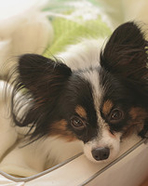
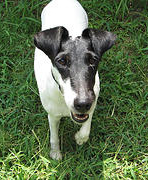 Smooth Fox Terriers: A guide to dogs and puppies of the Smooth Fox Terrier breed
Smooth Fox Terriers: A guide to dogs and puppies of the Smooth Fox Terrier breed
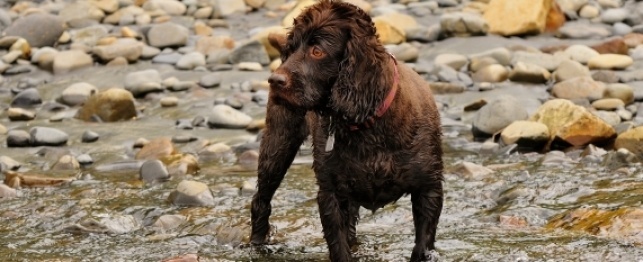 Choosing a Boykin Spaniel - Boykin Spaniel Breed Profile
Choosing a Boykin Spaniel - Boykin Spaniel Breed Profile
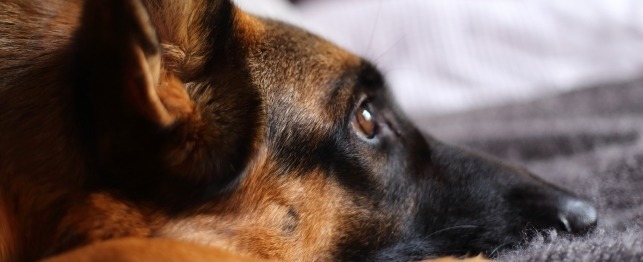 Is a German shepherd Right for You? Survey Results from German shepherd Owners
Is a German shepherd Right for You? Survey Results from German shepherd Owners
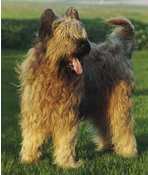 Briards: A guide to dogs and puppies of the Briard breed
Briards: A guide to dogs and puppies of the Briard breed
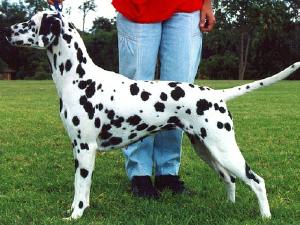 Dalmatian
Dalmatian
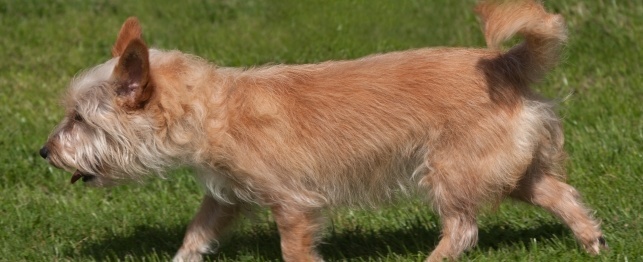 Choosing a Portuguese Podengo - Portuguese Podengo Breed Profile
Choosing a Portuguese Podengo - Portuguese Podengo Breed Profile
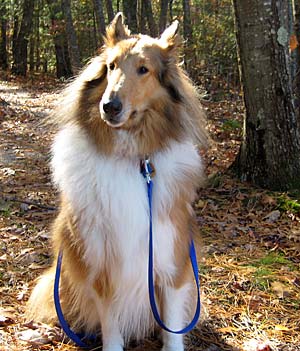 Collie (rough-coated)
Collie (rough-
Collie (rough-coated)
Collie (rough-
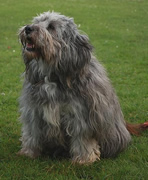 Polish Lowland Sheepdogs: A guide to dogs and puppies of the Polish Lowland Sheepdog breed
The Polish Lowland Sheepdog!
The Polish Lowland Sheepdog, a
Polish Lowland Sheepdogs: A guide to dogs and puppies of the Polish Lowland Sheepdog breed
The Polish Lowland Sheepdog!
The Polish Lowland Sheepdog, a
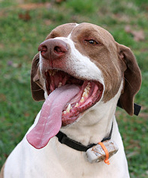 Pointers: A guide to dogs and puppies of the Pointer breed
The Pointer!
The Pointer, also known as the English Pointer
Pointers: A guide to dogs and puppies of the Pointer breed
The Pointer!
The Pointer, also known as the English Pointer
 Belgian Sheepdog
Belgian Sheepd
Belgian Sheepdog
Belgian Sheepd
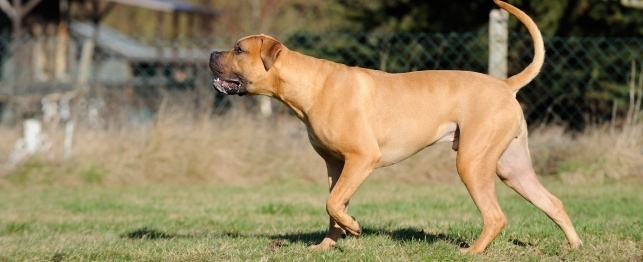 Choosing a Boerboel - Boerboel Breed Profile
Choosing a Boerboel - Boerboel Breed Profile
Choosing a Boerboel - Boerboel Breed Profile
Choosing a Boerboel - Boerboel Breed Profile
Copyright © 2005-2016 Pet Information All Rights Reserved
Contact us: www162date@outlook.com